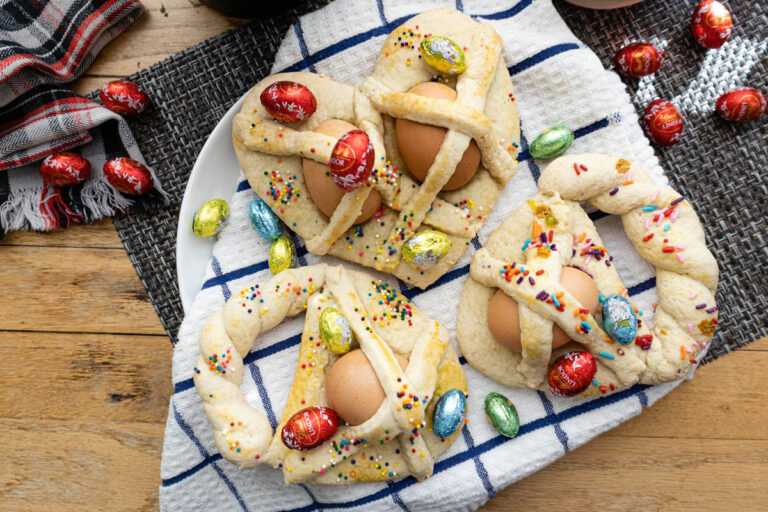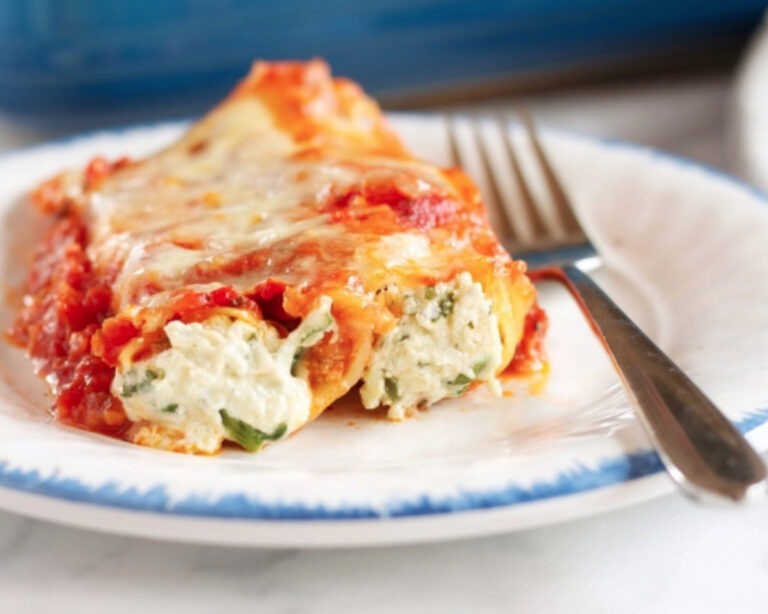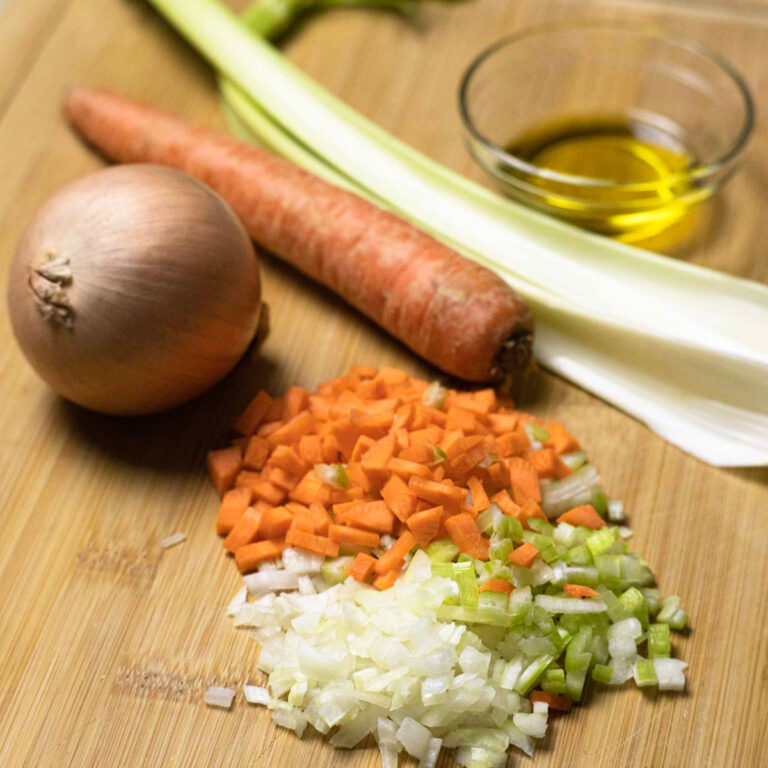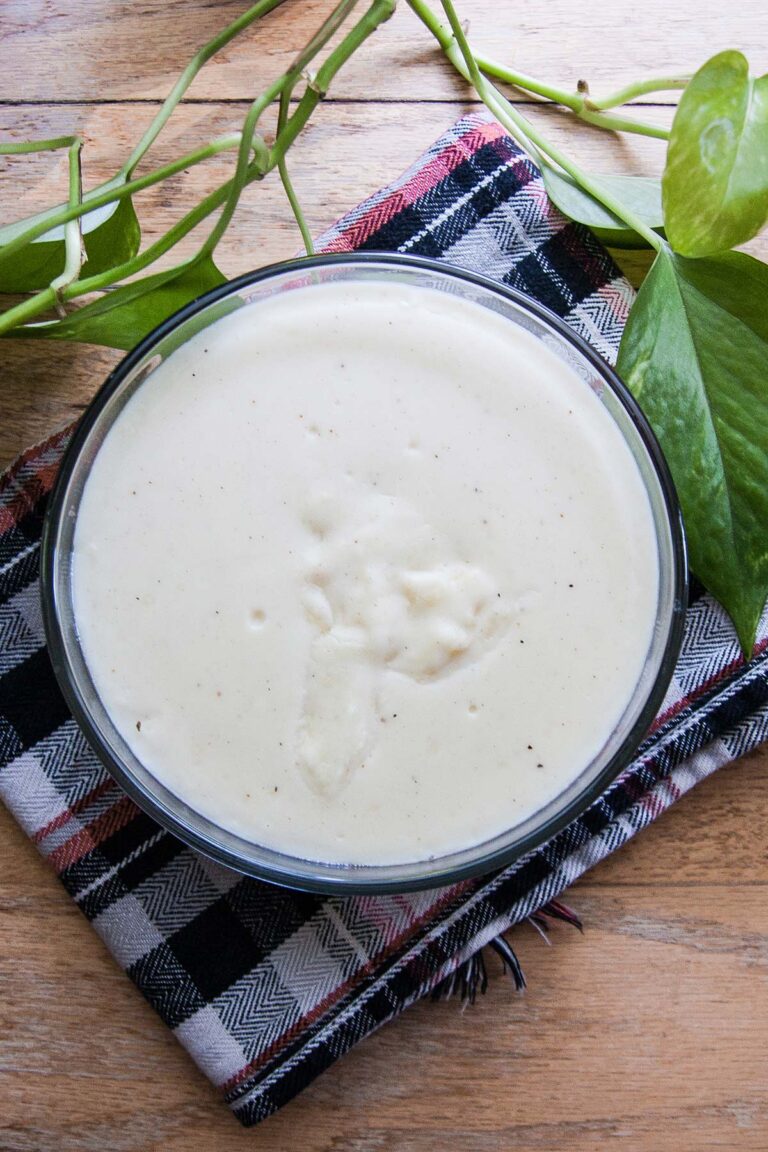Best pasta for baked dishes
Pennette, rigatoni or ziti are the first pasta shapes that come to mind when talking about baked dishes. But which one is the best for pasta al forno?
If you want to master pasta al forno, the queen of baked pasta dishes, you need to know these essential tips and understand the basics of how Italians cook their pasta. In Italy, pasta is a serious matter; never experiment without knowing the rules!
The big question is: which pasta shape is best for making the perfect pasta al forno?
Baked pasta dishes, known as pasta al forno, are a staple in Italian cuisine and among the most beloved meals. A delicious pasticcio di pasta, with its cheesy, golden crust, can be enjoyed hot, cold, or even the next day. It’s perfect for picnics and can be easily transported for outdoor adventures since it doesn’t spoil quickly without refrigeration.
Pasta al forno, meaning ‘baked pasta’ in Italian, is a cherished dish throughout Italy, with deep roots in the southern regions. Let’s dive into this fascinating topic and learn how to master pasta for baked dishes!
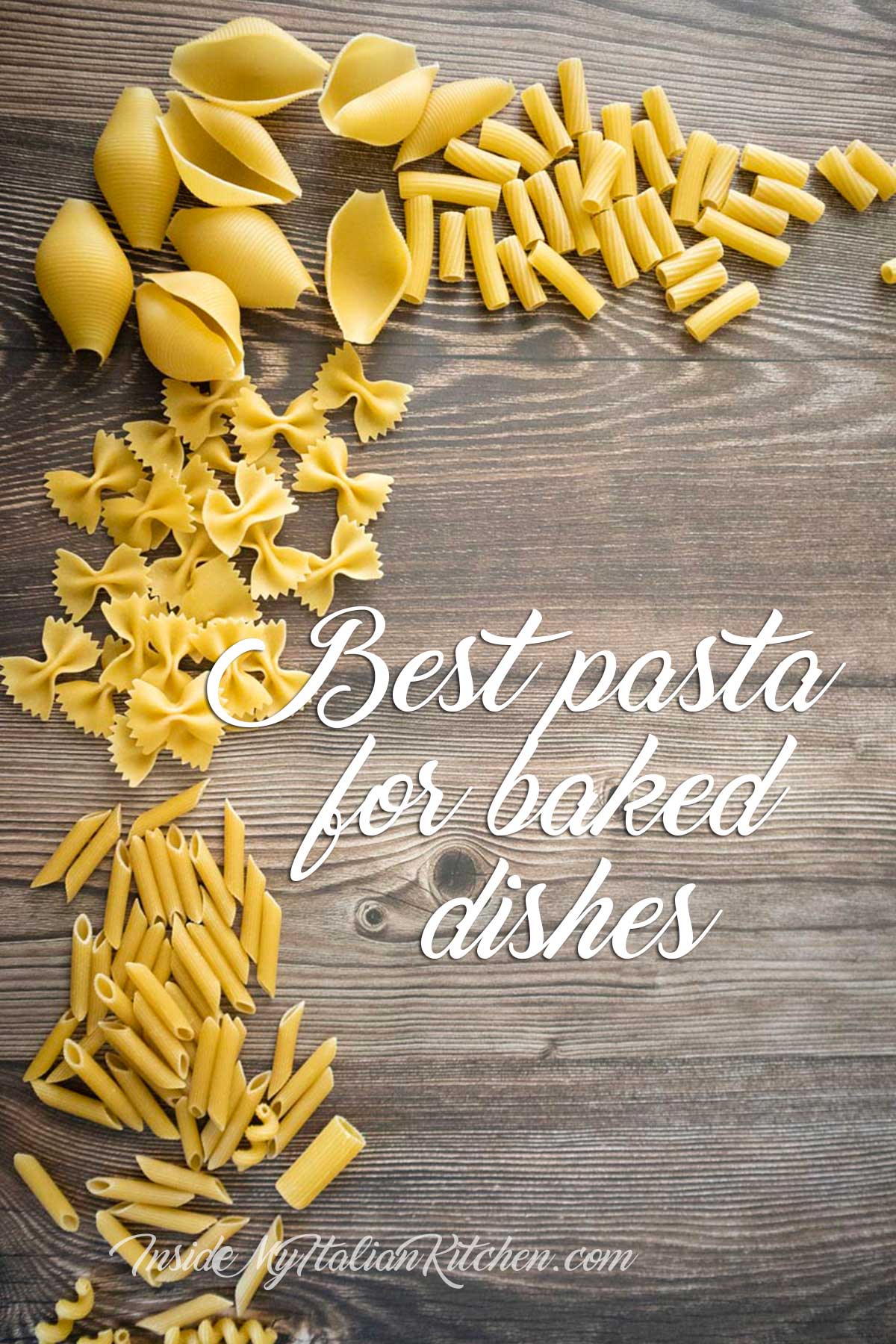
As with all main courses in Italy, there is always debate about which pasta shapes are best for baked dishes. Most of the time, this choice comes down to personal preference or simply what you have available in your pantry. However, there are some guidelines to help determine which shapes work best and when to use them.
Pasta al forno: which pasta shape is best for baked dishes?
No matter what you call it, pasta al forno, timballo, or pasticcio di pasta, the result is always the same: layers of pasta with sauce, usually ragù (Bolognese sauce), with a heart of cheese, hard-boiled eggs, meatballs, or vegetables, depending the recipe you want to make.
Short shape pasta: penne, rigatoni, fusilli, sedani
Short pasta shapes are the best choice for baked dishes. What makes short pasta shapes ideal for baked dishes? Because short shapes:
- Are the easiest to manage during cooking and preparation.
- Hold sauces better, especially the shapes with ridges.
- Form a nice crust on top during the baking process.
- Are easy to serve and portion.
- Blend better with the sauce.
The most commonly used are also the most famous:
- Rigatoni: while baked ziti are the most well-known baked pasta shape in America, rigatoni work well too, although they’re not as commonly used in Italy. Rigatoni have large, beautiful ridges that capture sauces very well and hold onto them. There are two versions: regular rigatoni and mezzi rigatoni (half rigatoni), which are a little bit shorter.
- Ziti: the iconic baked ziti, widely known in America, are not as famous in Italy. Ziti resemble rigatoni, but are smaller and can have ridges or a smooth surface. Across the Italian peninsula, ziti can be found in different sizes: long ziti and short ziti. Long ziti have their origin in the Campania region and are long-shaped pasta, called ziti campani (their length can reach 10 inches/25 cm). Puglia and Calabria also use ziti spezzati (broken ziti) in their baked dishes. One famous, well-known dish, is “tiella calabrese”, a baked dish where ziti are cooked in a cast-iron or ceramic dish.
- Penne: come with or without ridges. Penne with ridges are the most commonly used pasta shape for baked dishes in Italy. They work perfectly at holding sauces, even inside, and are easy to work with when preparing baked pasta. Penne also has a hollow shape, allowing it to cook evenly and absorb flavors, which makes it a perfect choice for dishes like pasta al forno.
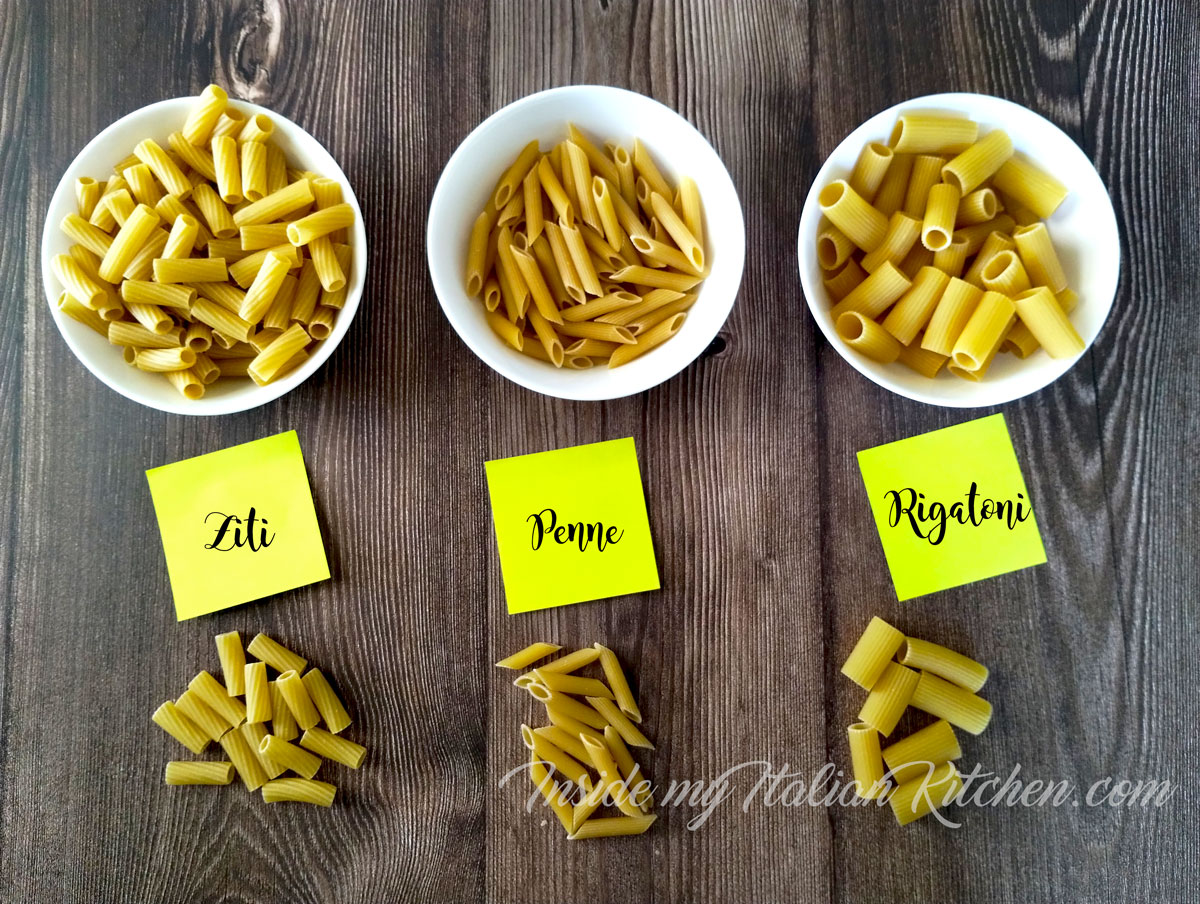
- Pennette: same as penne but smaller, pennette are ideal for smaller baked dishes. If you’re preparing a smaller portion, they work well and serve the purpose. Their compact size makes them perfect for more delicate baked dishes, where the pasta-to-sauce ratio is important. Pennette are well-suited for personal-sized servings of pasta al forno or smaller casseroles. Like penne, they come in ridged and smooth versions, with the ridged variety, pennette rigate, being the most preferred for baking.
- Cavatappi: a pasta shaped like corkscrews, is known for its spiral curves that make it visually distinct and fun to eat. The version with ridges is popular for baked dishes. The ridges are great at holding onto rich sauces, such as béchamel sauce or meat-based ragù, making it ideal for hearty pasta al forno recipes.
- Maccheroni: in Italy maccheroni can be short, long, or very long pasta shapes. Both the short and long versions can be used for baked dishes. Maccheroni are closely tied to the Central and Southern regions of Italy. Historic recipes are pasticcio di maccheroni alla Ferrarese or timballo di maccheroni, mentioned in the book Il Gattopardo by Giuseppe di Lampedusa, traditionally prepared with shortbread pastry.
- Fusilli: a delicious alternative to ziti and rigatoni for baked dishes. Fusilli have a helical shape. They are commonly used in Italian dishes and make a good choice for baked casseroles because their sturdy structure allows them to maintain their texture during baking, preventing them from becoming mushy or soft.
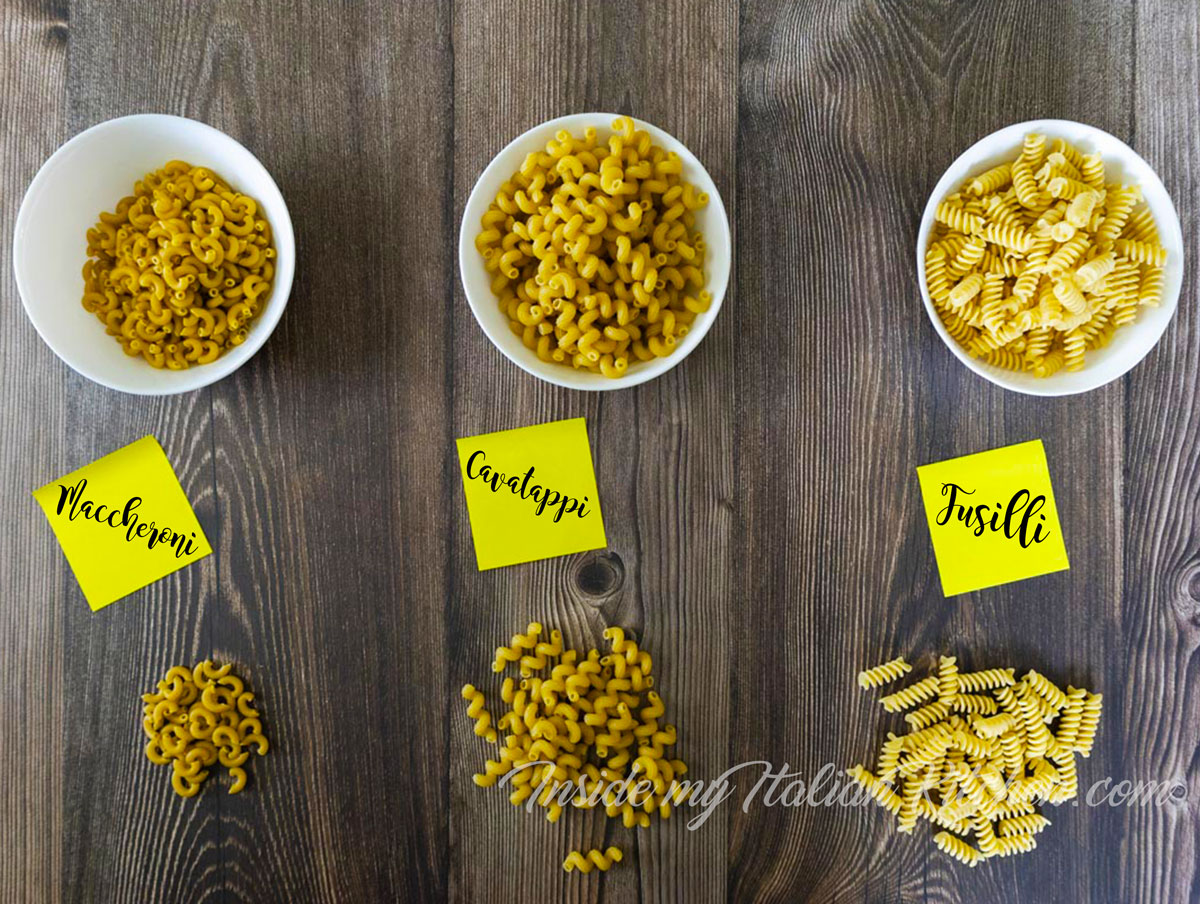
Long pasta shapes: spaghetti, linguine, tagliatelle, pappardelle
Long-shaped pasta isn’t typically used in baked dishes, but a few traditional recipes make excellent use of it. Dishes like timballo di fettuccine and crostata di tagliatelle napoletana showcase how well long pasta can perform in the oven. In these recipes, cooks often fold the pasta into individual nests, which help with portioning and create an elegant presentation. You’ll frequently see nests of tagliatelle or pappardelle arranged side by side in a baking dish, each one crisping slightly on top while holding its shape beautifully.
- Spaghetti is perhaps the most iconic pasta shape worldwide, often associated with traditional Italian dishes like pasta pomodoro or aglio e olio. However, when it comes to baked dishes, spaghetti is not as commonly used. In some Southern Italian recipes, particularly in Sicily, spaghetti is also used to make baked casseroles, sometimes with a twist like rolling it with eggplant for added texture and flavor.
- Linguine, is a long, flat pasta shape that sits somewhere between spaghetti and fettuccine in terms of width. While traditionally paired with seafood or pesto sauces, linguine can also be used in baked dishes, especially when layered with lighter ingredients or creamy sauces. Its shape allows it to hold delicate flavors without getting lost in the dish, making it a versatile option for oven-baked pasta recipes that call for a balance between texture and flavor.
- Fettuccine can be found in a few unique pasta al forno recipes, such as timballo di fettuccine. It is a distinct pasta shape, resembling wide ribbons, and works well in layered dishes where it can be folded or stacked to create a hearty, satisfying meal.
- Pappardelle is an ancient pasta shape, popular throughout Italy. The name comes from the word ‘pappare’, which means ‘eat’ in Italian. The shape resembles fettuccine but is wider. Its broader width allows it to hold up well in the oven and absorb the flavors of sauces, making it perfect for hearty, baked pasta dishes. Originally from Tuscany, the pappardelle pasta shape has become a beloved pasta shape throughout Italy, particularly in the central regions.

Best pasta for baked dishes: special shapes
There are some shapes, considered special shapes, and can be used for baked dishes because of their
- Gnocchi: we can open a entire chapter on gnocchi. Although gnocchi is a fresh pasta, it can be used in baked dishes. One of the most famous is gnocchi alla sorrentina, made with potatoes and flour, or gnocchi alla romana, made with semolina.
- Anelletti: this is a unique pasta shape, perfect for making anelletti alla palermitana. Anelletti are tiny ring-shaped pasta.
- Conchiglioni (big shells), are well known for stuffed shell recipes, and there are many variations of these online.
- Paccheri, is a unique, large pasta shape, traditionally used in the South of Italy, especially in regions like Campania and Calabria. Known for its wide, tubular form, paccheri is often paired with hearty, rich sauces, such as those made with seafood or meat, and is also used in baked dishes. When baked, paccheri holds up well in the oven, absorbing flavors while maintaining its texture.
- Mezzi paccheri, is perfect for recipes where the larger tubes might be too much. These slightly shorter tubes work well in baked pasta dishes, offering a different texture while still holding sauce wonderfully. They’re often used in casseroles, where their size makes them easier to serve and portion, yet they still maintain a satisfying bite.

Now that you’re a master of baked pasta dishes, it’s time to put that knowledge to work. Let’s kick things off with a delicious casserole!
Do you have any favorite pasta shapes for baked dishes? Drop a comment below or reach out, I’d love to hear about your creations!
More about pasta
There’s so much more to explore when it comes to pasta and sauces. If you want to master the Italian art of pasta, here are some helpful guides you can check out:
- How to make fresh pasta homemade: Learn step-by-step how to prepare traditional fresh pasta from scratch.
- How to make naturally colored fresh pasta at home: discover how to add beautiful colors using natural ingredients like spinach, beets, and turmeric.
- How to make gnocchi from scratch: Get tips on making soft, pillowy gnocchi the authentic Italian way.

